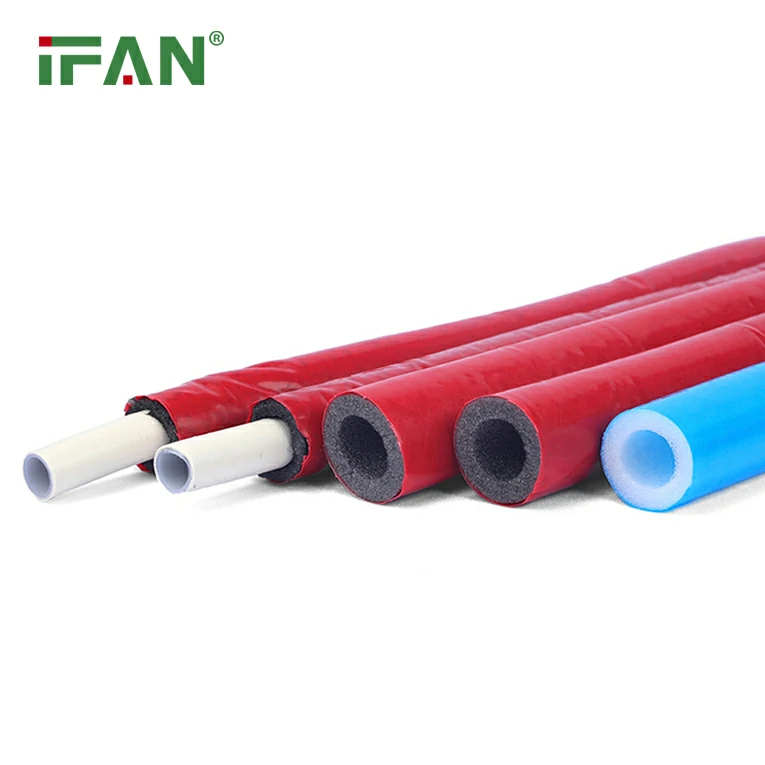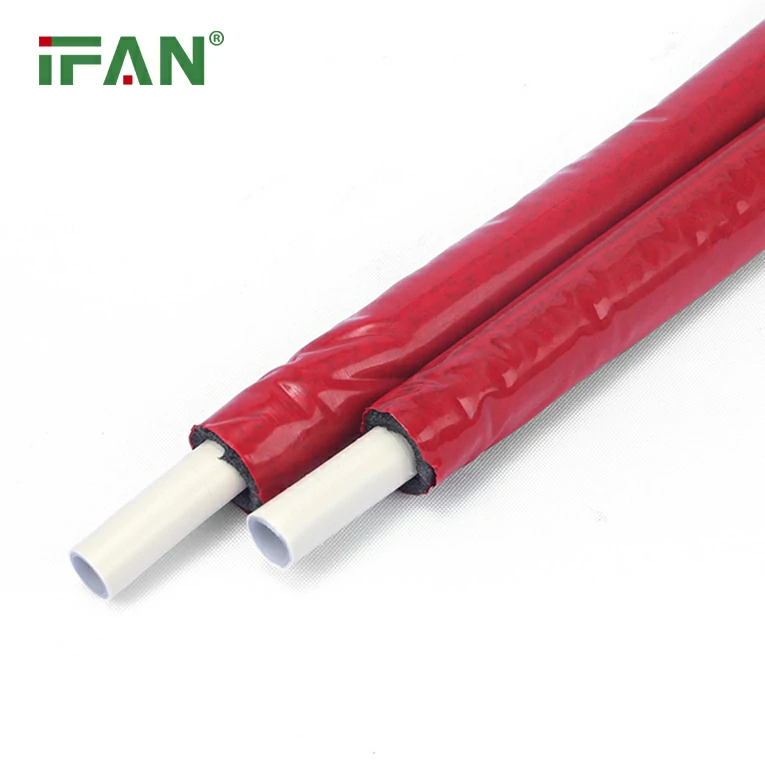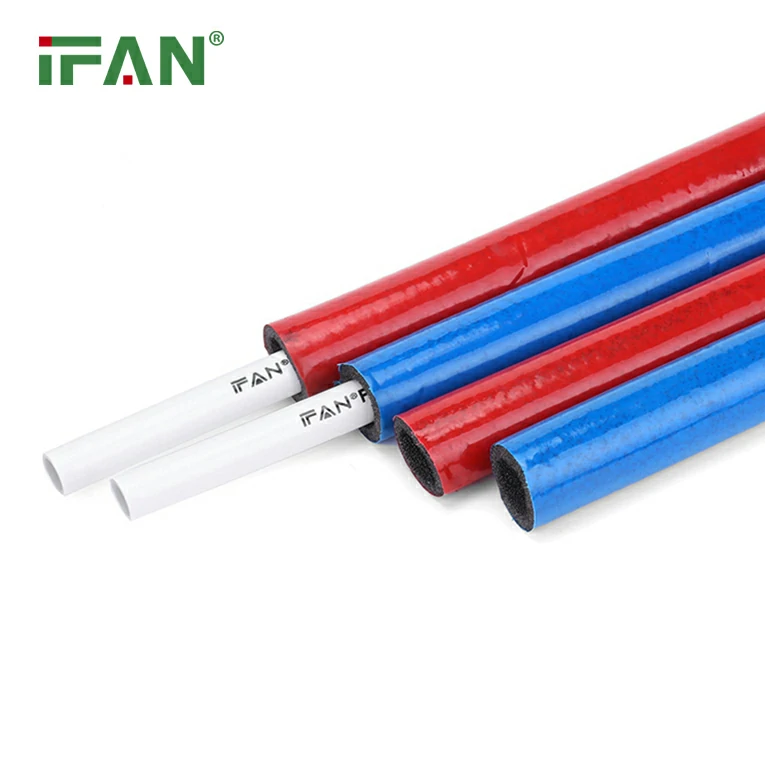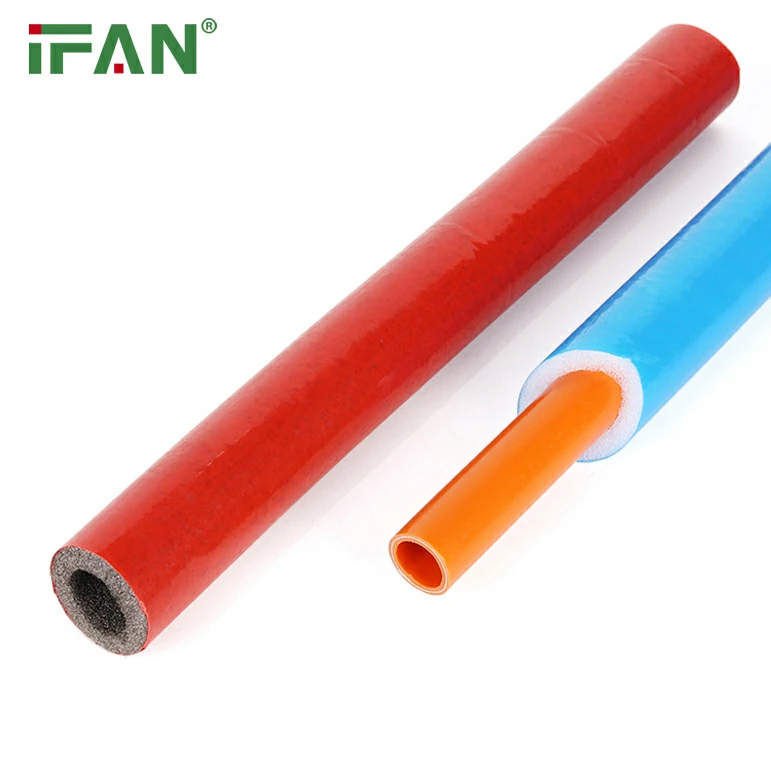In a significant move aimed at protecting public health, Fresno, California, has become one of the first cities in the state to impose a ban on the use of galvanized PEX pipes in new residential and commercial buildings. The ban comes in response to growing concerns over water contamination issues in the Northeast United States, where residents have reported traces of lead and other harmful chemicals in their water supply, potentially linked to older galvanized pipes and faulty PEX fittings. This article will explore the rationale behind Fresno’s decision, the role of PEX fittings in plumbing systems, and what this ban means for homeowners and contractors in the region.
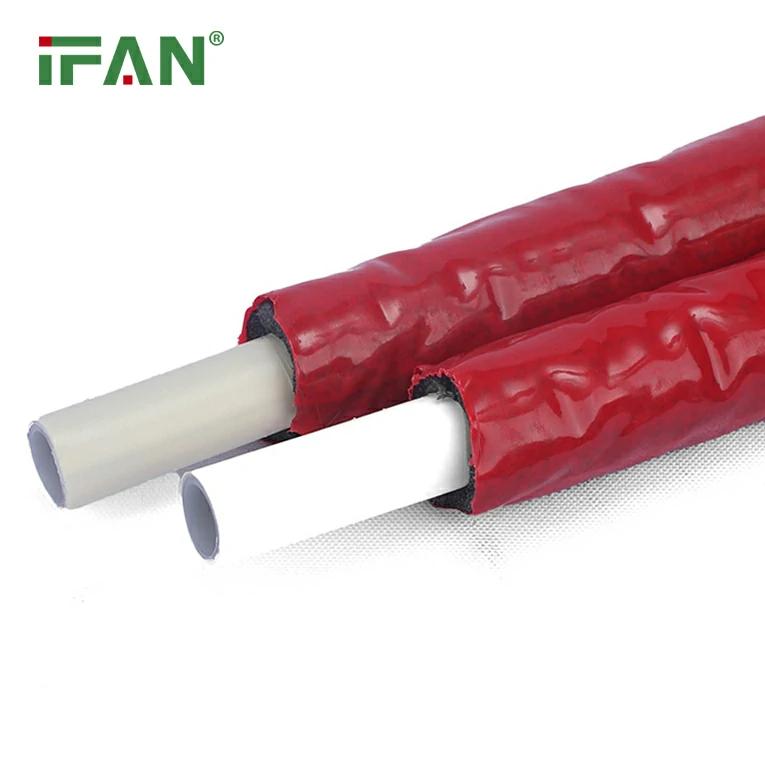
Why Fresno Banned Galvanized PEX Pipes
In recent years, the United States has seen growing concerns regarding water quality, especially in areas with aging infrastructure. While cities like Flint, Michigan, made national headlines for their water contamination crises, other regions, including parts of the Northeast, have been facing similar challenges with their plumbing systems, particularly galvanized pipes. Galvanized pipes, which were commonly used in the past for residential water systems, are made of steel coated with a layer of zinc to prevent rust. Over time, however, these pipes can corrode, leading to water contamination, especially when exposed to harsh conditions like high water pressure or acidic water.
In response to these concerns, Fresno officials have decided to ban the installation of galvanized PEX pipes in favor of other plumbing materials that are believed to be safer and more reliable. PEX (cross-linked polyethylene), a flexible plastic piping, has been widely used in modern plumbing due to its durability, cost-effectiveness, and ease of installation. However, recent reports of compromised PEX fittings in the Northeast have raised questions about the long-term safety of PEX systems when improperly installed or exposed to certain environmental factors.
Fresno’s decision to ban galvanized PEX pipes is part of a broader initiative to safeguard public health and prevent potential water contamination in the future. By moving away from galvanized PEX, the city aims to ensure that residents have access to safe, clean drinking water, while also addressing growing concerns about the environmental impact of old plumbing systems.
What Are Galvanized PEX Pipes?
Galvanized PEX pipes refer to a combination of two different plumbing materials: galvanized steel and PEX (cross-linked polyethylene). While PEX itself is a flexible, corrosion-resistant plastic, the term “galvanized PEX” often refers to PEX pipes that are used in conjunction with galvanized steel fittings or the use of galvanized materials in the connections of PEX systems.
Galvanized steel was commonly used in plumbing systems before PEX pipes became widely available. However, over time, galvanized pipes corrode, leading to a build-up of mineral deposits, rust, and even lead contamination. The corrosion inside galvanized pipes can significantly reduce water flow and cause discolored water, making it unsafe for consumption. As these pipes age, the risk of contamination increases, making it essential for municipalities to replace old galvanized systems with more modern alternatives like copper, PVC, or PEX.
When PEX was introduced as a more flexible and durable alternative to traditional piping materials, it quickly gained popularity. However, the combination of PEX fittings with galvanized components in older homes or buildings raised concerns when these fittings were not properly installed, potentially leading to contamination from residual metals in the fittings.
How Galvanized PEX Pipes Could Contaminate Water
There are several reasons why galvanized PEX pipes could lead to water contamination, particularly when used in older buildings or installed incorrectly:
1. Corrosion of Galvanized Components
Galvanized steel fittings or sections of pipe are prone to corrosion over time, especially if exposed to water with high acidity or high mineral content. As the steel corrodes, it releases rust, lead, and other harmful metals into the water supply. If these galvanized fittings are paired with PEX pipes, the corrosion of the galvanized components could compromise the entire plumbing system.
2. Lead Contamination
One of the most significant health risks associated with galvanized pipes is lead contamination. Lead is a toxic metal that can leach into drinking water if the galvanized steel corrodes or wears down. The U.S. Environmental Protection Agency (EPA) has long warned against lead exposure, particularly in children, as it can cause developmental delays and other serious health problems. Galvanized pipes installed before the 1980s may still contain lead-based solder, increasing the likelihood of contamination.
3. Improper Installation
If PEX fittings are improperly installed, they may not form a secure seal, allowing water to seep through the fittings and potentially come into contact with the metal components of the system. This can introduce contaminants into the water, especially if the galvanized fittings are already in a state of decay.
4. Reaction Between Materials
Another potential concern is the chemical reaction between the galvanized steel and PEX material. While PEX is generally resistant to corrosion and chemical degradation, certain conditions, such as extreme water temperatures or improper installation, could cause reactions that degrade the integrity of the PEX pipe, leading to cracks or leaks. When these failures occur, they can lead to the introduction of metals into the water supply.
The Role of PEX Fittings in Plumbing Systems
PEX fittings are essential components of any PEX plumbing system. These fittings are used to connect sections of PEX pipe to each other or to other plumbing materials, such as faucets, appliances, and water heaters. PEX fittings are available in several types, including crimp fittings, push-fit fittings, and compression fittings, each offering different methods of securing the pipe to the fitting.
The primary advantage of PEX fittings is their ability to create tight, leak-proof connections, ensuring the integrity of the entire plumbing system. However, the quality of both the PEX pipe and the fittings is crucial to the overall performance of the system. In some cases, improperly installed or low-quality fittings can lead to leaks, water damage, and even contamination if the fittings are made from materials that degrade over time, such as galvanized steel.
In Fresno’s case, the concern is less about PEX pipe itself and more about the combination of PEX with outdated galvanized components. To prevent future contamination risks, Fresno’s ban focuses on ensuring that modern plumbing systems rely on high-quality, corrosion-resistant materials that meet current safety standards.
The Impact of the Ban on Fresno’s Plumbing Market
The new ban on galvanized PEX pipes in Fresno will likely have several consequences for homeowners, contractors, and the local plumbing market:
1. Increased Demand for Alternative Plumbing Materials
As galvanized PEX is phased out, contractors and homeowners will need to rely on alternative materials such as copper, PVC, or non-galvanized PEX fittings. Copper remains a durable, long-lasting choice, but it comes at a higher cost. PVC pipes, while affordable and easy to install, are not as flexible as PEX and can crack under certain conditions.
2. Changes in Plumbing Practices
Plumbers in Fresno will need to adjust their practices to comply with the new regulations. This could involve retraining, sourcing new materials, and updating plumbing system designs to use non-galvanized fittings and pipes. For contractors who have long relied on galvanized PEX systems, the shift could require significant adjustments to their workflows.
3. Higher Costs for Homeowners
With the transition away from galvanized PEX, homeowners may face higher upfront costs for their plumbing installations, especially if they choose copper or other high-quality materials. However, this initial investment could save money in the long run by preventing the need for costly repairs and replacements due to water contamination or system failures.
4. Stronger Public Confidence
Fresno’s move to ban galvanized PEX pipes is likely to inspire confidence among residents and property owners, knowing that the city is proactively addressing potential health risks. This move is part of a larger trend of cities across the United States working to improve water quality and plumbing standards, especially in light of past water contamination crises.
FAQs About Fresno’s Ban on Galvanized PEX Pipes
1. What exactly is galvanized PEX, and why is it problematic?
Galvanized PEX refers to the use of galvanized steel fittings or sections combined with PEX pipes. Galvanized steel is prone to corrosion over time, which can lead to lead contamination and other health risks. PEX itself is a flexible, corrosion-resistant material, but using it with galvanized components can undermine the system’s integrity.
2. How does this ban affect homeowners in Fresno?
Homeowners in Fresno will need to ensure that their plumbing systems do not use galvanized PEX pipes and fittings. If they are building or renovating their homes, they may need to choose alternative materials, such as copper or non-galvanized PEX, to meet the new regulations.
3. Will the ban affect existing plumbing systems in Fresno?
No, the ban only applies to new installations or major plumbing renovations. Existing plumbing systems using galvanized PEX pipes are not affected by the ban, although homeowners may choose to replace outdated systems to avoid future issues.
4. What materials can I use instead of galvanized PEX?
You can use materials like copper, PVC, or non-galvanized PEX fittings. These alternatives offer the same flexibility and durability as galvanized PEX without the associated risks.
5. How can I ensure my plumbing system is safe and up to code?
To ensure your plumbing system is compliant with Fresno’s new regulations and safe for use, work with a licensed plumber who is familiar with the latest codes and materials. Regular inspections of your plumbing system can also help identify potential issues before they become major problems.

